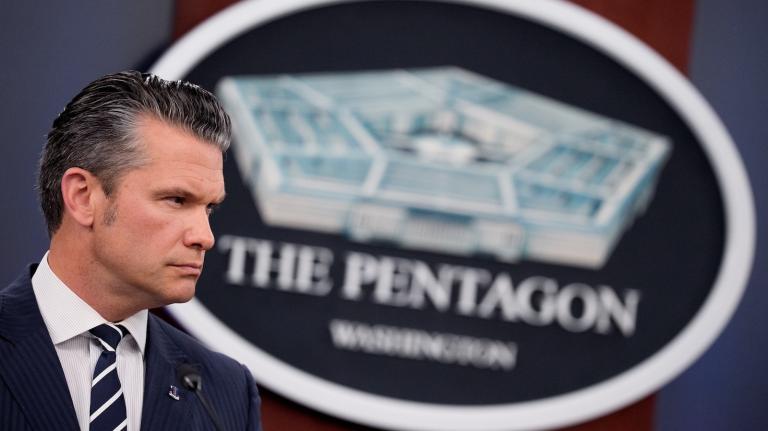In the face of continued legal action from states across the country, 3M, a Fortune 500 manufacturing company, will discontinue the use of “forever chemicals” by 2025.
3M makes Scotchgard and other water-repellent products which contain a class of chemicals known as per- and polyfluoroalkyl substances, or PFAS, that do not break down in the environment. PFAS has been found in nearly every state in the country and in everything from polar bears to fast food wrappers. Research has shown a link between these chemicals and public health concerns such as high blood pressure in mid-life women, stunted developmental growth, infertility, as well as kidney, liver, and testicular cancers.
In a statement, the St.Paul-based company said the decision comes on the heels of an “evolving external landscape,” which includes increased regulatory pressures. In the past year, the Environmental Protection Agency, or EPA, released a PFAS Strategic Roadmap, which plans to create new policies to protect public health and the environment while holding polluters accountable. In addition to the increased federal pressure, 3M has been the target of various lawsuits directed at PFAS manufacturers.
California announced a lawsuit in November that alleges 3M, DuPont, and other PFAS producers have caused far-reaching damage to public health and the environment by dealing in products laced with “forever chemicals.” The lawsuit is similar to a dozen others filed in states across the country. While the lawsuits are mounting, 3M’s awareness of their production problem has been festering for decades.
As early as the 1970s, the manufacturing company knew that PFAS was accumulating in human bloodstreams. According to The Intercept, 3M was sued by its home state of Minnesota in 2010 and settled the suit for $850 million, which lead to a mountain of internal documents, memos, and research to be released by the state’s Attorney General’s Office, showing exactly what the company knew about the harm of the products it produced.
Minnesotans are still grappling with the potential health effects of PFAS, which has had devastating effects on the area’s youth. According to the Minnesota Reformer, a study of children who died between 2003 and 2015 in Oakdale, a Twin Cities suburb, found that a child who died there was 171% more likely to have had cancer than a child who died in the surrounding area. The state of Minnesota alleges that PFAS made its way into the area’s groundwater after decades of 3M discarding PFAS-contaminated waste products in unlined dump sites.
The EPA announced in November that PFAS pollution from 3M had caused an “imminent and substantial endangerment” of the drinking water for nearly 300,000 people in the Quad Cities region of Illinois and Iowa and ordered an investigation into 3M’s role in the pollution.
In 2000, 3M pledged to stop the use of two specific strains of PFAS chemicals in their production process, but the company argued, in its recent announcement, that the continued use of PFAS was “critical” to make products necessary for modern life, such as medical technology, phones, and automobiles. Legal experts estimate future litigation could cost the company upwards of $30 billion.
In the wake of the announcement, environmental groups say the decision is long overdue and hope that the company is still responsible for decades of inaction and harm to the public.
“This is a big win for public health and the environment,” Mike Schade, a program director for the nonprofit Toxic-Free Future, told Grist. “3M historically has been one of the biggest PFAS polluters not only here in the US but globally, and for decades they have proceed and released massive amounts of PFAS that have contaminated communities, water supplies, fish and wildlife, all across the planet”
Schade said that this decision is part of a growing trend of major corporations abandoning PFAS in their manufacturing process. While the manufacturers are looking at a PFAS-free future, he noted that downstream businesses, like clothing companies that still trade in these chemicals, should stop the trail of toxic pollution. He said it’s likely that more companies will be looking for PFAS alternatives and the EPA and industry regulators should remain vigilant that the chemicals these companies replace PFAS with aren’t bound to create the same harms already documented by the forever chemicals.
“In the years going forward, we’re going to be seeing hundreds of communities that have to clean up toxic chemicals, “ Schade said, “and 3M must be held financially liable for that pollution.”




